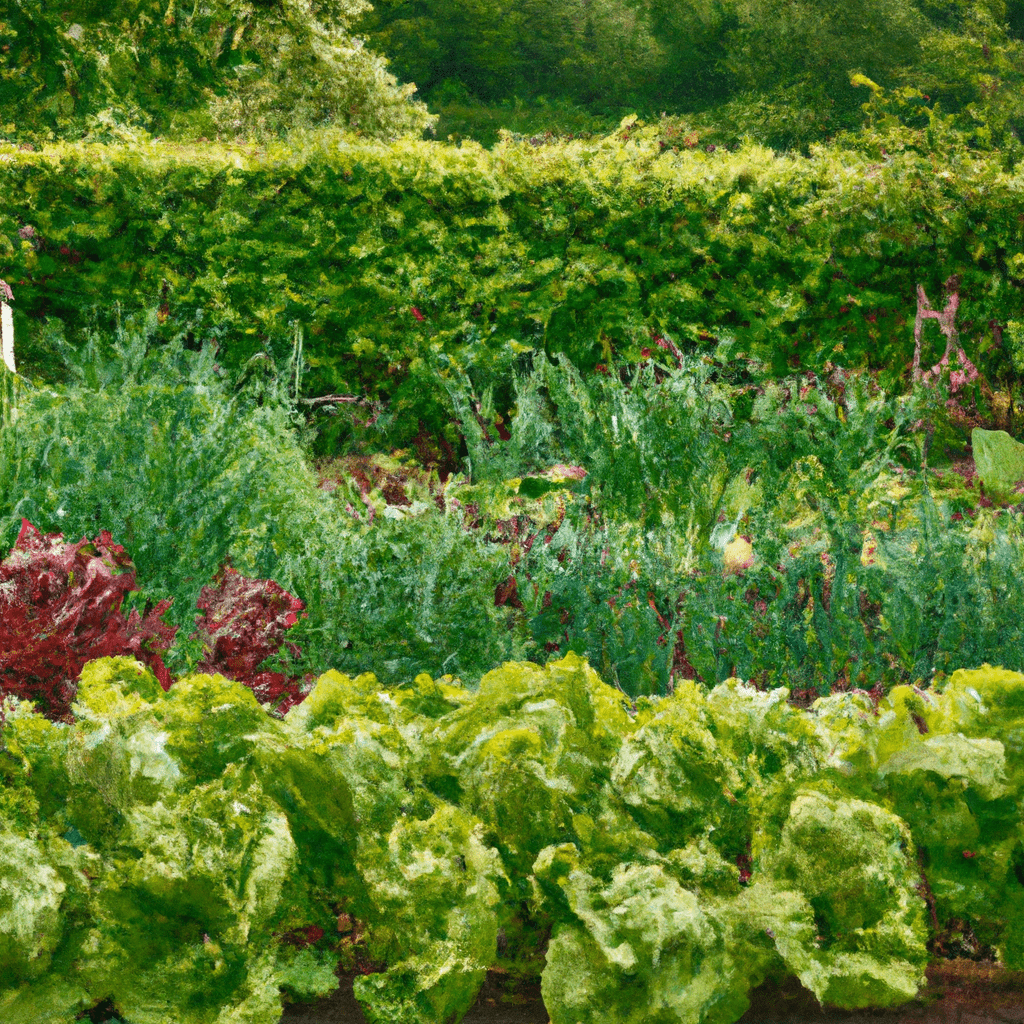
Welcome to our comprehensive guide on lesser-known crop rotation strategies that can significantly boost your garden’s productivity. In this article, we will delve into unconventional crop rotation techniques that go beyond the traditional three-year rotation cycle. By implementing these strategies, you can maximize soil health, reduce pest and disease pressure, and ultimately increase the yield of your garden. So, let’s dive in and explore the world of lesser-known crop rotation strategies!
1. Intercropping with Legumes
Intercropping legumes with other crops is a fantastic way to enhance soil fertility and nitrogen fixation. Legumes have a unique ability to form mutualistic relationships with nitrogen-fixing bacteria, called rhizobia, which convert atmospheric nitrogen into a more usable form for plants. By intercropping legumes, such as peas or beans, with other crops, you can naturally enrich the soil with nitrogen, reducing the need for synthetic fertilizers.
2. Succession Planting
Succession planting involves planting multiple crops in the same space throughout the growing season. By carefully planning and timing your plantings, you can ensure a continuous harvest and optimize space utilization. This technique is especially effective for fast-growing crops, such as lettuce or radishes, which can be harvested quickly, making room for subsequent plantings. Succession planting allows you to maximize your garden’s productivity and enjoy a bountiful harvest all season long.
3. Companion Planting
Companion planting involves strategically pairing plants that benefit each other in some way. Certain plant combinations can enhance growth, deter pests, attract beneficial insects, and improve overall garden health. For example, planting marigolds alongside tomatoes can help repel harmful nematodes, while attracting pollinators. By incorporating companion planting into your crop rotation plan, you can create a harmonious and thriving garden ecosystem.
4. Cover Cropping
Cover cropping is a practice that involves planting specific crops, known as cover crops, during fallow periods or in between main crop rotations. Cover crops, such as clover or rye, help prevent soil erosion, suppress weeds, improve soil structure, and add organic matter to the soil when they are eventually tilled in. Including cover cropping in your crop rotation strategy can greatly enhance soil fertility and overall garden productivity.
5. Polyculture Systems
Polyculture systems involve growing multiple crops together in the same area, mimicking the diversity found in natural ecosystems. By intermixing different crops, you can create a symbiotic relationship where plants support and benefit from each other. For instance, growing tall crops, like corn, alongside vining plants, like beans, allows the beans to climb the corn stalks, utilizing vertical space efficiently. Polyculture systems promote biodiversity, enhance pest management, and improve overall crop yield.
6. Crop Rotation with Green Manure
Green manure refers to specific crops that are grown solely for the purpose of being incorporated into the soil as organic matter. These crops, such as buckwheat or clover, are sown and then tilled into the soil before they reach maturity. Green manure not only adds valuable nutrients to the soil but also improves soil structure and water retention. By incorporating green manure into your crop rotation plan, you can effectively rejuvenate your garden’s soil and boost productivity.
7. Utilizing Vertical Gardening Techniques
Vertical gardening techniques involve growing crops vertically, utilizing trellises, stakes, or other support structures. This technique is particularly useful for small gardens with limited space. By growing crops vertically, you can maximize the use of vertical space, increase sunlight exposure, improve air circulation, and prevent diseases. Incorporating vertical gardening techniques into your crop rotation plan can significantly increase your garden’s productivity while maximizing space efficiency.
Conclusion
In conclusion, by implementing these lesser-known crop rotation strategies, you can take your garden’s productivity to new heights. Intercropping legumes, practicing succession planting, utilizing companion planting, cover cropping, embracing polyculture systems, incorporating green manure, and employing vertical gardening techniques all contribute to a thriving and productive garden ecosystem. Experiment with these strategies, adapt them to your specific gardening needs, and enjoy the bountiful harvest that awaits you. Happy gardening!